Kongnamul Jangsu (콩나물장수)
2.3Km 2021-03-18
94, Dongsung-gil, Jongno-gu, Seoul
+82-2-763-7999
This is a Korean cuisine located in Daehak-ro, Seoul. The best menu at this restaurant is stir-fried bean sprouts and pork. Kongbul (bulgogi with bean sprouts) is a spicy dish of fried pork with bean sprouts.
Velvet Moon (벨벳문)
2.3Km 2021-03-26
39, Jahamun-ro 5-gil, Jongno-gu, Seoul
+82-10-4028-9957
This coffee shop roasts coffee beans directly. This Korean dishes restaurant is located in Jongno-gu, Seoul. The most famous menu is espresso.
Jeju Heukdwaeji Sundaegukbap (제주흑돼지순대국밥)
2.3Km 2021-03-18
113, Dongsung-gil, Jongno-gu, Seoul
+82-2-741-9504
This is a Korean cuisine located in Daehak-ro, Seoul. Sundaeguk (Korean sausage soup) is a Korean traditional soup with sundae (Korean pork sausage). The best menu at this restaurant is blood sausage and rice soup.
Galería K.O.N.G. (공근혜갤러리)
2.3Km 2024-08-06
Samcheong-ro 7-gil 38, Jongno-gu, Seúl
Parque Sajik de Seúl (사직공원(서울))
2.3Km 2025-08-08
Sajik-ro 89, Jongno-gu, Seúl
El parque Sajik es uno de los tres parques más famosos en Jongno-gu, junto con los parques Tapgol y Samcheong. Situado al oeste de Cheong Wa Dae, cerca del monte Inwangsan, el parque tiene unas impresionantes dimensiones de 188.710 m². El nombre del parque fue elegido en 1395, cuando Taejo Lee Sung-gye hizo su primer Sajikdan (altar a los dioses del Estado) junto con el santuario Jongmyo, en el centro del parque. "Sa" se refiere a la deidad de la Tierra, mientras que "jik" hace referencia a la deidad de los cinco granos. Varios rituales por buenas cosechas tuvieron lugar regularmente en el Sajikdan; sin embargo, el área no fue reconocida como un parque hasta 1922, durante el período de la ocupación japonesa. En el parque se encuentran muchos parques infantlies, estatuas de Shin Saimdang, Hwanghakjeong y Yi I (nombrado a menudo por su nombre de escritor, Yulgok), y la Biblioteca Municipal Infantil. El santuario Dangun y la Biblioteca de Jongno se encuentran por la zona. Siguiendo el camino cercano al parque Sajik durante 5 minutos, los visitantes pueden llegar a la ruta para excursionistas del monte Inwangsan con relativa facilidad.
GOGHI (고희)
2.4Km 2021-03-26
17, Jahamun-ro 12-gil, Jongno-gu, Seoul
+82-2-734-4907
A good café to have a meal as it has a brunch menu as well as drinks. This cafe is located in Jongno-gu, Seoul. The representative menu is americano.
Calle Samcheongdong (삼청동거리)
2.4Km 2025-08-13
Samcheong-ro 156, Jongno-gu, Seúl.
El paseo Samcheongdong abarca desde el este del palacio Gyeongbokgung hasta el túnel Samcheong. El Parque Samcheong, ubicado al final del paseo Samcheongdong, es famoso por sus densos bosques y su hermoso paisaje. Es un lugar tranquilo e ideal para descansar en el centro de la ciudad. Además, las galerías y los cafés a ambos lados de Samcheongdong son muy concurridos por artistas.
PAULIN PANCAKE - Samcheong Branch(폴인팬케이크 삼청)
2.4Km 2021-04-15
108, Samcheong-ro, Jongno-gu, Seoul
+82-2-737-8952
This is a cafe located in Jongno, Seoul. The best menu at this restaurant is souffle pancakes. Souffle pancake is a popular dessert in Korea.
Seochon Guest House [Korea Quality] / 서촌 게스트하우스 [한국관광 품질인증]
2.4Km 2023-04-07
28-3, Jahamun-ro 7-gil, Jongno-gu, Seoul
+82-010-3345-9680
Seochon Guest House is located in Seochon, which is becoming a hot place for tourists in Seoul, and precisely on the road to Suseong Valley, whichis filled with interesting stores and is also well-known for Park Nosoo Art Gallery and the House of Yun Dong-ju (poet). Seochon Guest House is nicknamed ‘Jaeminangol (interesting village)’ after Baekseok’s poem ‘Yeowunangol’, with the aim of providing a visit full of interesting experiences. Passing through a garden and entering the main building, the unique charm of this hanok building, the staircase to get to the first floor from daecheong (main floored room), catches the eye of the visitors. In addition, the building is decorated with various stylish objects including paintings and Korean musical instruments. The terrace situated on the first floor offers an open view of the surrounding area including roof tiles of hanok structures and alleyways in Seochon. It is said that Korean novelist Yoon Hu-myeong also appreciated the structure of the guesthouse, saying, “It is an interesting place.” Built in the 1930s, the house, which has many storage places, was taken by the owner couple in spring 2014 as they were attracted by the house during their trip to Seochon. After the repair work, the ground floor of the house was opened for guests from January 2016, hoping that guests could share their daily experiences and stories with each other. The guestrooms and the main floored room on the ground floor are open to guests, with the exception of the first floor, which is used by the owner couple. The living room is equipped with books, a curved TV, and a table. The tasty meal, which is served in the kitchen, consists of rice and soup with six side dishes and is much loved by guests. The guesthouse offers a total of four rooms – Jae Room, which is the most Korean-style room; Mi Room, which has a combined style of a Korean-style room and Western-style room; Nan Room, which is an ideal room for meditation with a beautiful paper window; and Ahn Room, which is equipped with a veranda and a pretty flowerbed. Every room has its separate charm with various comfortable bedding to provide a quiet and cozy bedroom for guests in the middle of the city. Furthermore, the guesthouse holds a pansori (epic chant) performance twice a year. The owner started learning how to sing pansori to promote the Korean culture and tradition to foreigners. When a pansori performance is held, the owner offers traditional Korean snacks and drinks including sikhye (sweet rice punch), sujeonggwa (cinnamon punch), traditional sweets and cookies, and tteok (rice cakes) to visitors, tourists, and performers. Moreover, it provides cultural programs such as a Gukak (Korean classical music) experience, Korean traditional clothes experience, and making Korean food experience, as well as other activities with guests, such as trip to the city wall between Inwangsan Mountain and Bugaksan Mountain, and the Royal Palace Tour to Gyeongbokgung Palace, etc., as well as a trip to a traditional market.
Santuario Munmyo y Complejo Sungkyunkwan en Seúl (서울 문묘와 성균관)
2.4Km 2021-06-24
Sungkyunkwan-ro 31, Jongno-gu, Seúl.
+82-2-760-1472
Munmyo es un santuario en honor a Confucio, cuyas enseñanzas son la base del confucionismo. Está dedicado a sus discípulos y a otros eruditos también. Munmyo no solo es un santuario sino que también fue la institución educativa más importante de la dinastía Joseon.
El complejo contiene dos áreas principales: el Daeseongjeon, que alberga santuarios; y el Myeongryungdan, que tiene salones para seminarios y otras instalaciones. También hay dos dormitorios, Dongjae y Seojae, que en conjunto se denominan Sungkyunkwan. Frente al Myeongnyundang se yergue un gingko que es Monumento Natural N°. 59. En primavera y otoño se celebra un rito conmemorativo en honor de Confucio y sus discípulos.
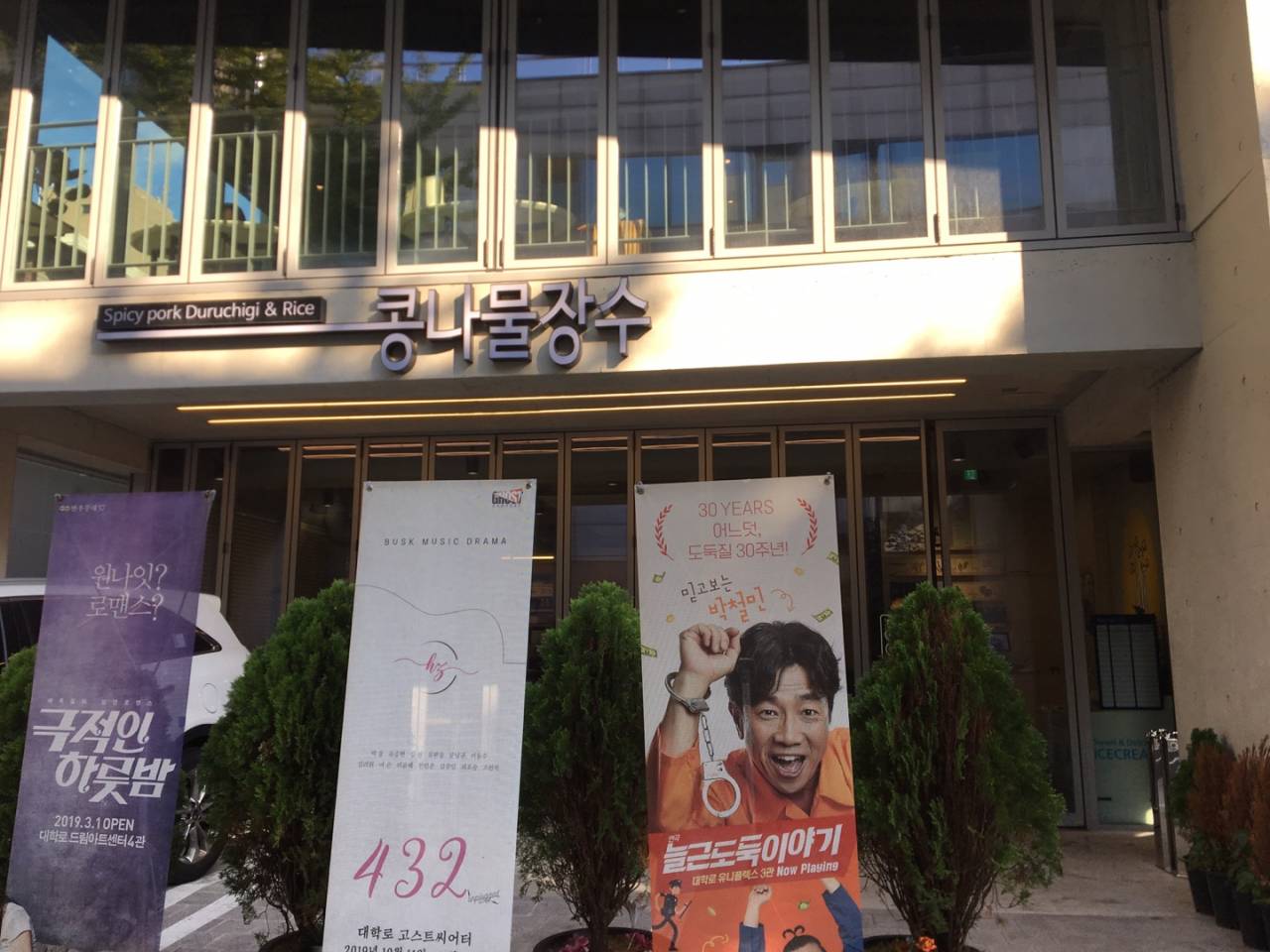
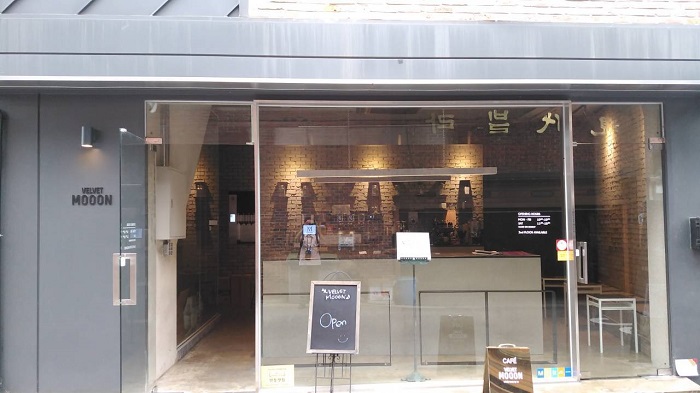

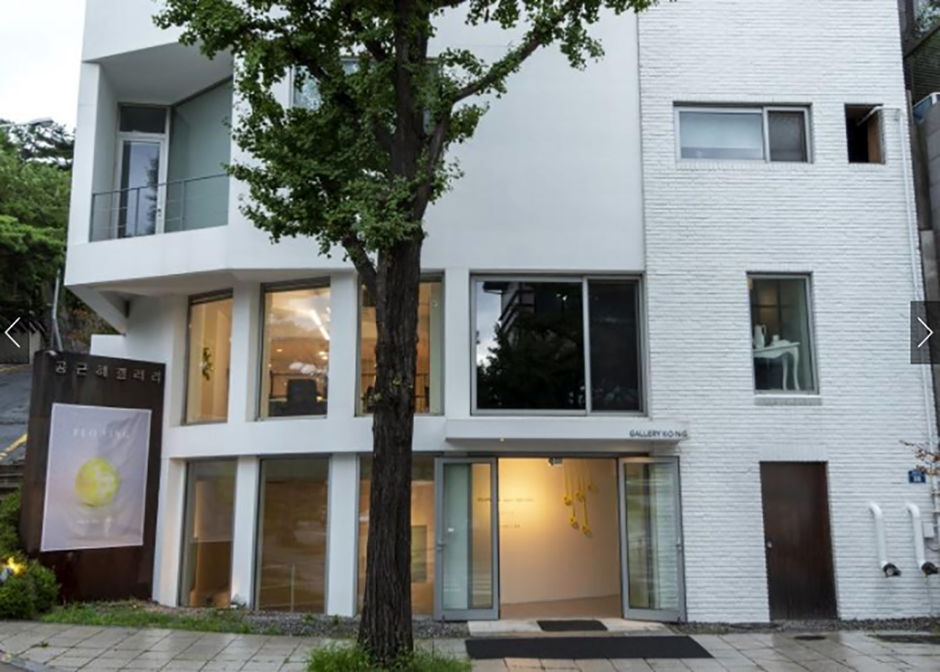
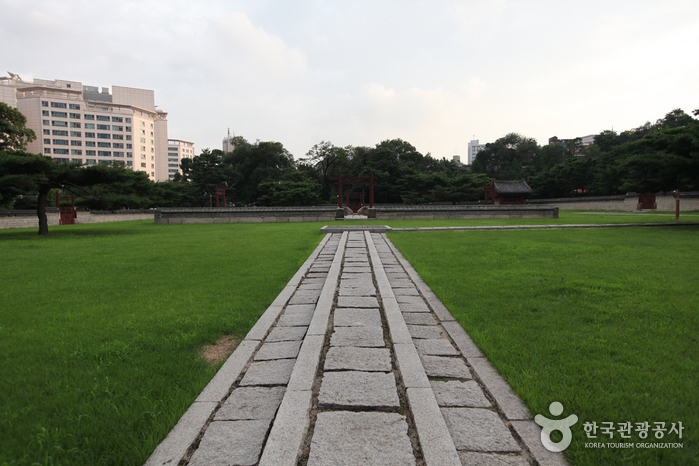
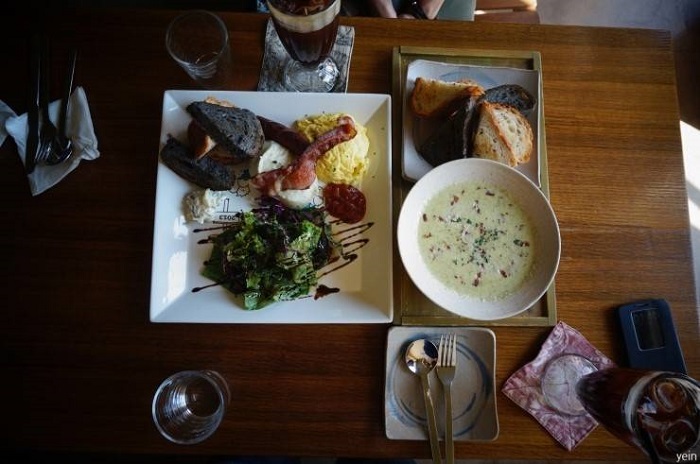
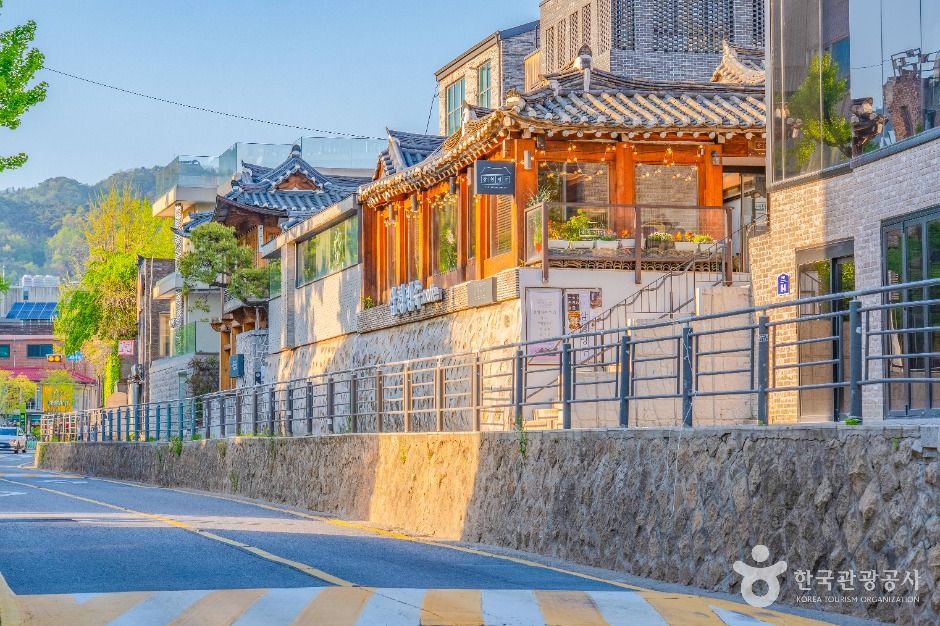
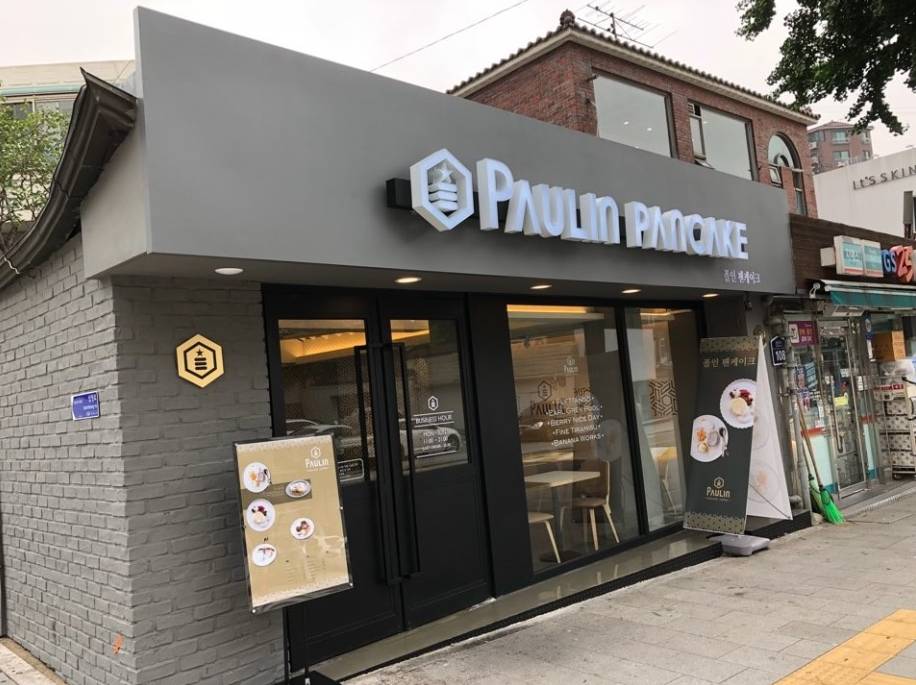
![Seochon Guest House [Korea Quality] / 서촌 게스트하우스 [한국관광 품질인증]](http://tong.visitkorea.or.kr/cms/resource/41/2447241_image2_1.jpg)
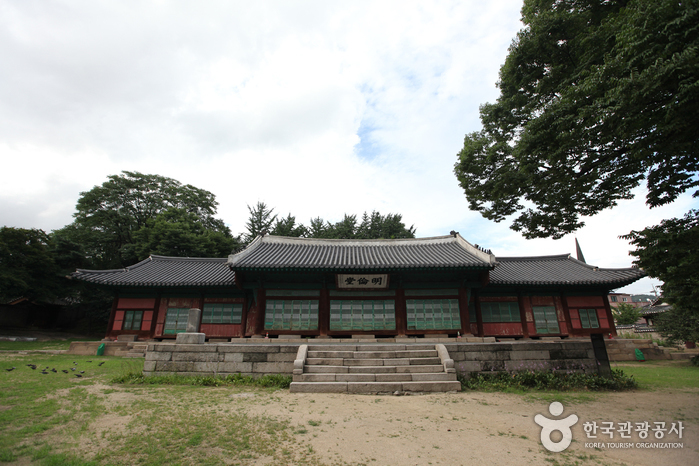
 Español
Español
 한국어
한국어 English
English 日本語
日本語 中文(简体)
中文(简体) Deutsch
Deutsch Français
Français Русский
Русский